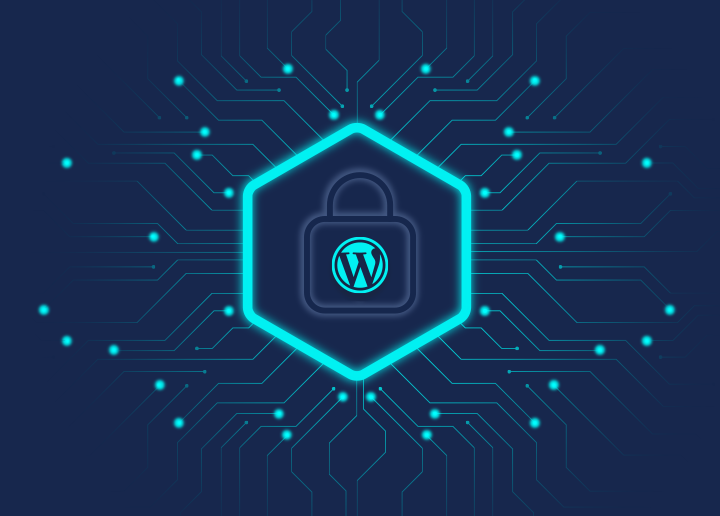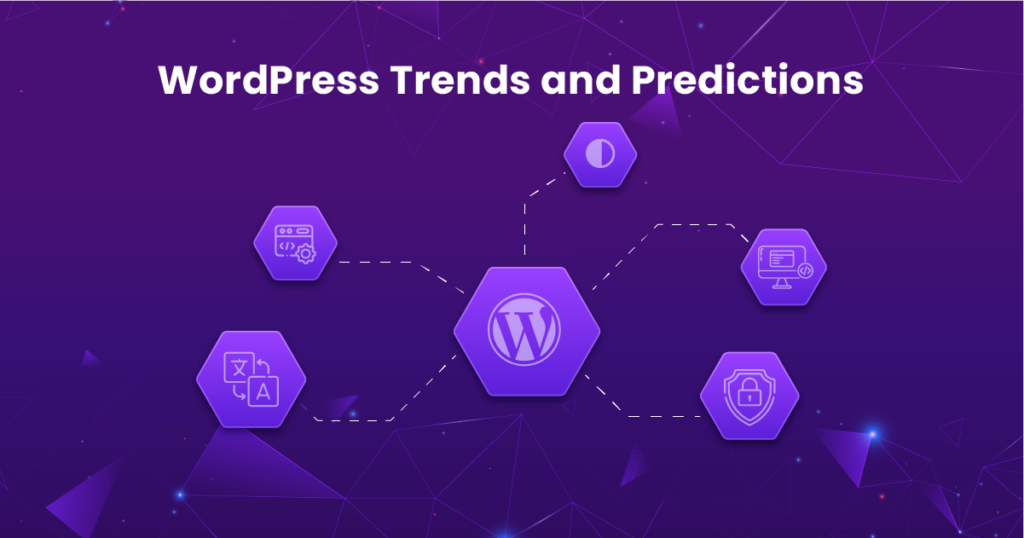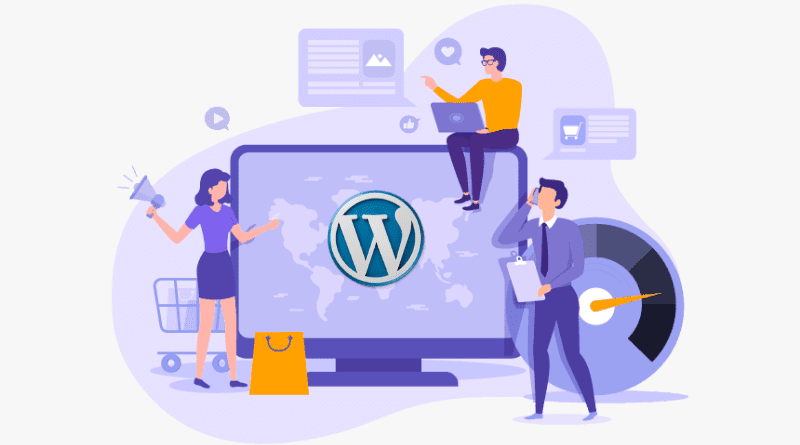WordPress Security: Essential Tips for Developers

WordPress, powering a significant portion of the internet, is a versatile and user-friendly platform for web development. However, its popularity also makes it a target for malicious activities. Ensuring the security of your WordPress website is crucial, not only for safeguarding your data but also for maintaining the trust of your users. In this article, we’ll delve into essential security tips tailored for WordPress developers, empowering you to create robust and secure websites.
1. Keep Everything Updated:
One of the simplest yet most effective security measures is to keep your WordPress core, themes, and plugins up to date. Developers regularly release updates that address security vulnerabilities. Use plugins like Advanced Automatic Updates to automate the update process.
2. Use Strong Authentication:
Strengthening user authentication is paramount. Enforce the use of strong passwords, implement two-factor authentication (2FA), and limit login attempts. Plugins like Wordfence or Two Factor Authentication can be instrumental in enhancing login security.
3. Secure Your Database:
Your WordPress database holds critical information. Change the default database prefix from “wp_” to something unique during installation to thwart SQL injection attacks. Additionally, regularly backup your database and file system using plugins like UpdraftPlus to ensure quick recovery in case of a security incident.
4. Employ SSL Encryption:
Encrypting data in transit is non-negotiable. Install an SSL certificate to enable HTTPS on your website. Not only does this protect user data during transmission, but search engines also favor secure websites in their rankings.
5. Monitor User Permissions:
Limiting user permissions is a fundamental security practice. Regularly audit user roles and capabilities, ensuring that each user has the minimum necessary privileges. This minimizes the potential impact of a compromised account.
6. Sanitize and Validate User Inputs:
Protect your website against SQL injection, cross-site scripting (XSS), and other injection attacks by thoroughly validating and sanitizing user inputs. Use functions like sanitize_text_field() and esc_html() to ensure data integrity.
7. Disable XML-RPC:
XML-RPC, while facilitating remote publishing, can be exploited for DDoS attacks and brute force attempts. If your website doesn’t require remote publishing, consider disabling XML-RPC using a security plugin like Disable XML-RPC Pingback or by adding a code snippet to your functions.php file.
// Disable XML-RPC
add_filter('xmlrpc_enabled', '__return_false');8. Implement Security Headers:
Leverage HTTP security headers to enhance your website’s resilience against various attacks. Add headers like Content Security Policy (CSP), X-Frame-Options, and X-XSS-Protection. You can set these headers in your server configuration or through security plugins. The HTTP Headers plugin can assist with this.
9. Regular Security Audits:
Perform regular security audits of your website’s codebase. Look for vulnerabilities, outdated libraries, and potential weaknesses. Tools like WPScan or online services like Sucuri SiteCheck can help identify security issues.
10. Choose Reputable Themes and Plugins:
When selecting themes and plugins, opt for those from reputable sources. Ensure they are regularly updated, well-maintained, and have positive reviews. Avoid using nulled or pirated themes/plugins, as they may contain malicious code.
11. Limit File Permissions:
Restricting file permissions is a crucial aspect of WordPress security. Set appropriate file and directory permissions to prevent unauthorized access. Directories should typically have permissions of 755, while files should be set to 644.
12. Implement a Web Application Firewall (WAF):
Deploying a Web Application Firewall acts as an additional layer of protection for your WordPress site. WAFs filter and monitor HTTP traffic between a web application and the internet, blocking potential threats before they reach your site. Sucuri Security is a widely-used plugin that includes a WAF.
13. Disable Directory Listing:
Prevent directory listing by adding the following line to your .htaccess file. This ensures that users cannot view the contents of your directories, reducing the risk of exposing sensitive information.
Options -IndexesConclusion:
WordPress security is a shared responsibility between developers, site administrators, and users. By incorporating these essential security tips into your development practices and utilizing reputable security plugins, you contribute to creating a safer online environment. Regularly update, audit, and fortify your website against potential threats. A secure WordPress site not only protects your data but also ensures a positive and trustworthy experience for your users. Stay vigilant, stay secure, and continue building with confidence in the WordPress ecosystem.



